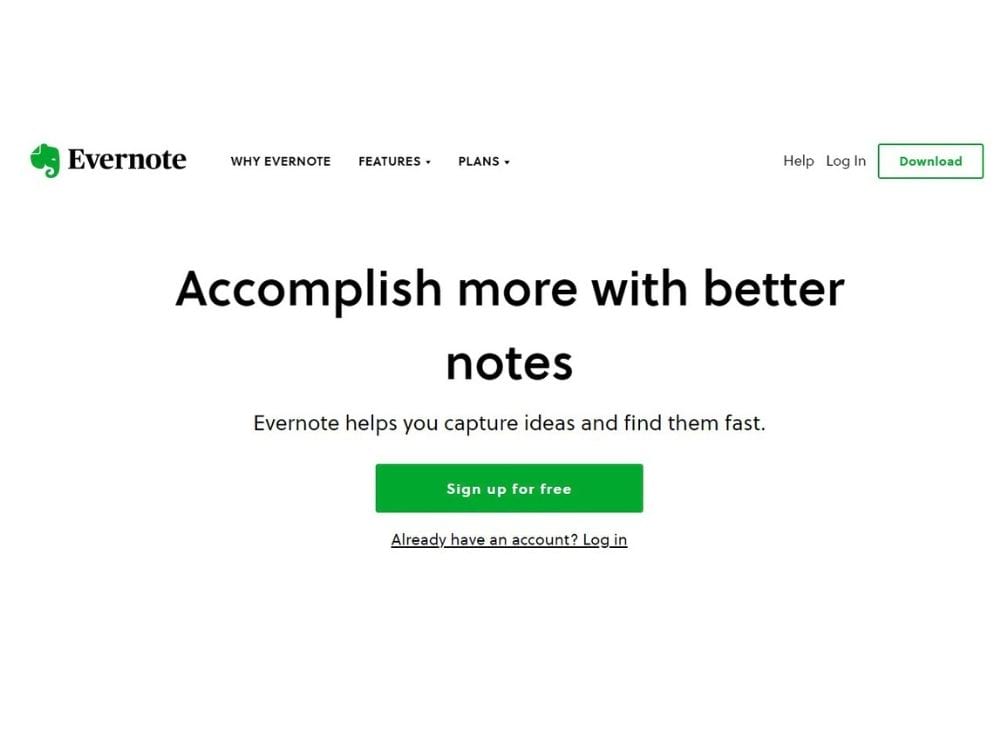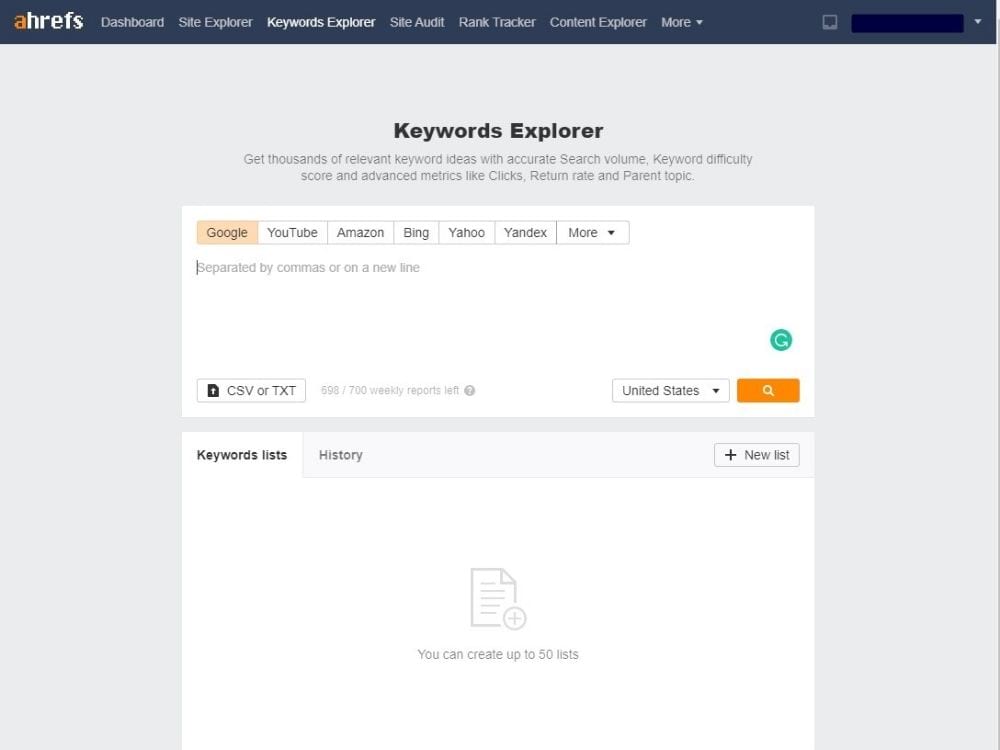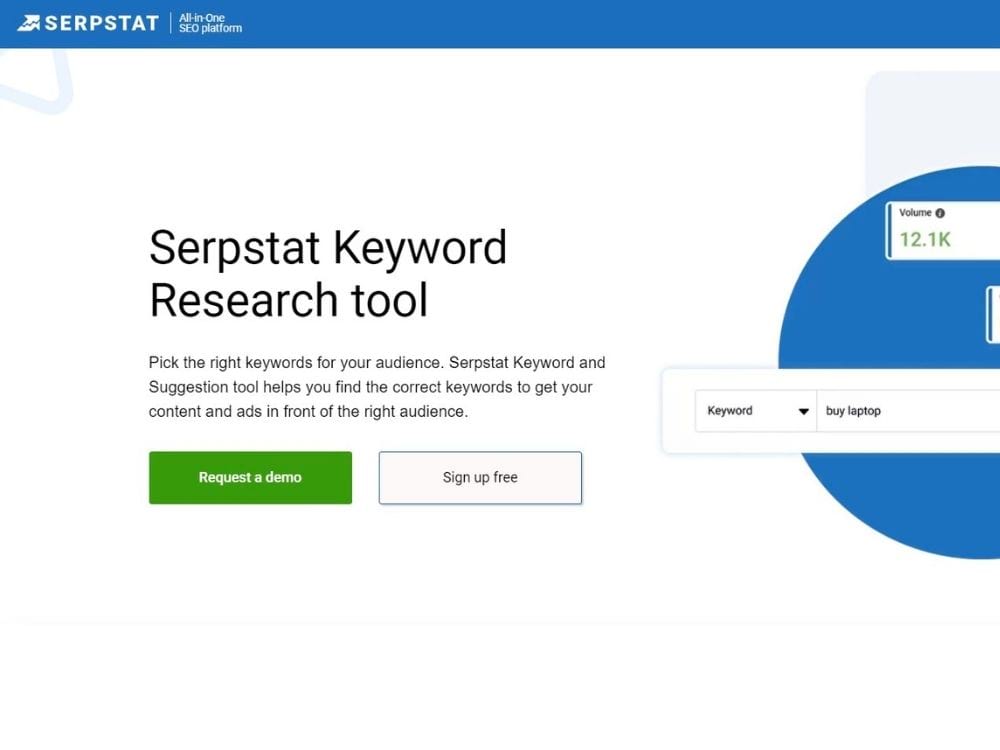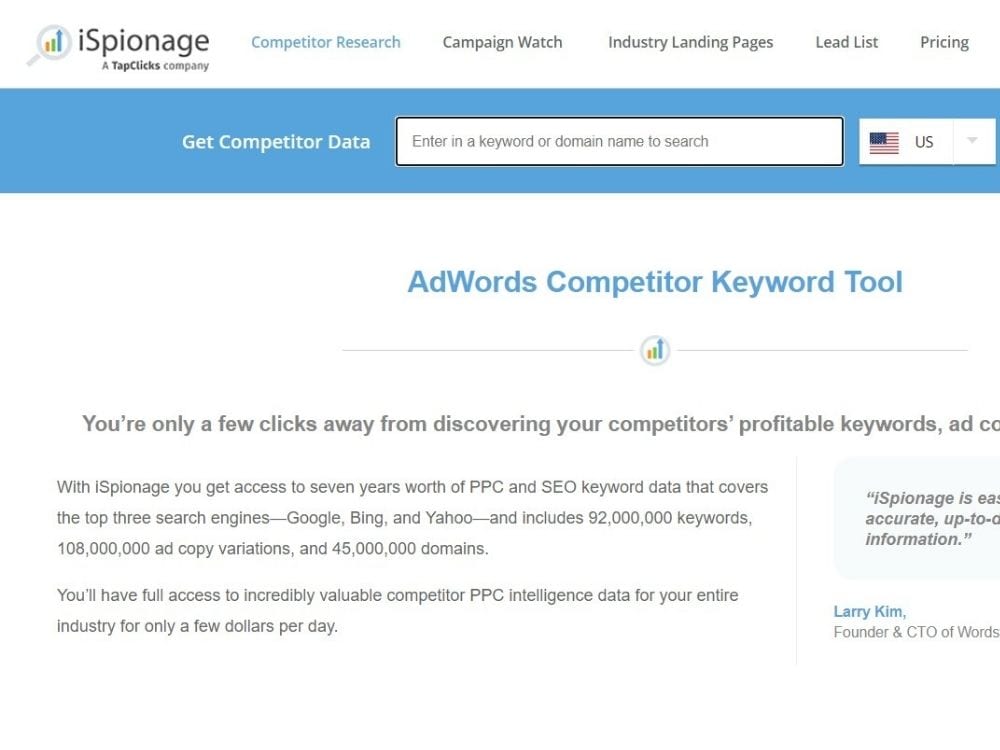There is a treasure trove of insights to be found from conducting competitive research for your PPC and retargeting efforts. When competitors are already doing well capturing your ideal customers, it makes sense to analyze what they are doing well and build on it.
But how do you conduct an effective competitor analysis? Many businesses fall into the trap of using ineffective tools or getting lost in the sea of research you can get from spying on other companies in your niche.
The problem is, if you don’t conduct your research effectively, it quickly becomes a waste of time and marketing budget.
In this post, you’ll learn why competitive PPC analysis is so important, the step-by-step process of researching strategically, and the best marketing tools for the job.
Why Is Competitive PPC Analysis so Important?
A competitive PPC analysis will give you a more comprehensive picture of the PPC landscape surrounding your products or services. In fact, some of your most significant findings will come from your competitors’ data.
It’s important to conduct a competitive PPC analysis because it shows you your competitions’ most profitable keywords. Not only that, it will show you how they’re getting the best ROI using those keywords.
This takes almost all of the trial and error out of creating PPC strategies and sets you up for success from the beginning.
Plus, it’s not just keywords this analysis will show, but also target audiences, content topics, landing page quality, and more.
How to Carry Out an Effective PPC Competitor Analysis

So we know why it’s important to carry out a competitor analysis, but how do you do it?
- Define the questions you want to answer
It’s incredibly easy to get off track when analyzing competitor data. If you don’t know exactly what you’re looking for, you’ll get distracted by unrelated keywords, design choices you hadn’t thought about, and audiences your services or product don’t speak to.
So before you begin making a list of competitors, have a specific set of questions you want to answer:
- Are you looking for which keywords are doing best?
- Do you want to know what demographics are most engaged?
- Are you interested in what landing page designs convert?
Narrow down your analysis questions so you don’t get overwhelmed with the amount of information you get.
- Who are your competitors?
You should already have an idea of some of the key competitors in your niche. If not, now is the time to identify them – who is doing well in your niche? Which brands are well-known by your customers?
If you’re struggling to identify your key competitors, here are some ways you can find them:
- Do an incognito Google search – which brands are top of the search?
- Check the list of companies running booths and presentations at industry conferences
- Reach out to your existing customers and ask which other brands they considered
You only need three to five companies to run analysis on at most. Any more and you’ll get overwhelmed with the amount of information you get on each.
- Analyze competitor unique value propositions

Your unique value proposition is what separates your product or service from competitors. It’s the factor that makes customers choose you over anyone else.
What unique value propositions are your competition offering customers? How are they communicating it? It could be:
- Free or overnight shipping
- Higher quality materials
- Exceptional customer service
- Lower prices
Customers respond well to UVPs so it’s important to understand what is working well for your competitors. What can you offer that is better or more attention grabbing that will win you customers?
4. Compare Keywords and Top Traffic Sources
This is the nitty gritty of a PPC competitive analysis:
- Keywords: What are your competitors’ top performing keywords? How do they differ from yours?
- Traffic: What is their top traffic source? Are you focusing on this source too?
Once you know your competitors’ keywords, traffic sources, and backlinks, you have a solid foundation for creating successful PPC campaigns on Google Ads.
5. Find Keyword Gaps Between Your Website and Competitors
Although a competitor analysis is all about finding out what is already working well, it’s also an opportunity to improve on what other companies are doing.
What are the gaps in your competitor websites and campaigns? Are there product or service keywords that are being underutilized that you could build on?
Finding gaps and filling them will not only bring in new traffic that isn’t already being funneled to competition sites, but it will also be cheaper to target for PPC campaigns.
6. Evaluate Your Competitors Text Ads
Competitor text ads offer great inspiration for your own. We’re not suggesting you plagiarize their ad content, but use their layouts and text for inspiration. How can you improve on their ads? What is working well that you can emulate in your brand voice?
7. Target Low Search Volume Keywords Tool

If your website is new, you can begin by targeting low search volume keywords for your Google Ads.
These are keywords with 100 or fewer searches and will usually have a lower cost per click. By finding these keywords you’ll be able to start with a lower marketing budget for your PPC campaigns, but still get quality clicks.
Tools to Analyze Your PPC Competition
Now let’s take a look at some of the best tools to conduct your competitive analysis successfully.
Auction Insights via Google Ads Campaign
When you set up a PPC campaign in Google, it automatically offers you auction insights. These let you compare the performance of your campaign with other companies who are also in that auction for the same keywords.
Google gives you great insight into when to bid more aggressively, or where you need to pull back if you’re pretty sure you won’t outbid a large competitor.
You’ll have the option to access Google auction insights at the campaign, ad group, or keyword level, giving you great detail on performance.
Ahrefs

Ahrefs is a popular tool for backlink and SEO analysis. You can check your own site and also run a PPC competitor analysis to see the difference.
- Check on your competitors’ keywords for both paid and organic searches
- Find the most shared content for any topic
- Get relevant keyword ideas and traffic estimations
- Track average position rankings for any location
- Review your own landing pages for SEO issues over time
Serpstat

Serpstat is another great marketing tool for competitive research. From keyword research to position tracking, users get a comprehensive tool and an affordable option for start-ups and new businesses with a smaller marketing budget.
With Serpstat, you can:
- Research long-tail keywords
- Review SEO errors on your website and landing pages
- Analyze competitor keywords and PPC strategies
- Find new backlink opportunities
- Optimize your own PPC campaigns
iSpionage

iSpionage is one of the simplest tools for competitor research. All you need to do is type in your competitor’s domain and it will generate a full report filled with all the information you need.
This is a great tool for:
- Finding the best keywords to target
- Getting an in-depth analysis of competition sites
- Optimizing your landing page and website SEO to improve user experience
- Generating more leads from search engine results pages (SERPs)
SEMRush

This is one of the most well-known marketing tools and is used by many big brands. It’s more expensive than other tools, but the in-depth insights it generates make it worth the price.
SEMRush is known as an all-in-one marketing tool, it will:
- Conduct full competitor analyses
- Find the paid keywords and ad copy of competitor PPC ads
- Conduct your own keyword research for your PPC ads
- And more
SpyFu

Originally called GoogSpy, SpyFu is a competitor analysis tool to help you improve your PPC campaigns. Lesser known than other tools, it gives impressive insights into competitor metrics over a long period of time. It’s also a simple tool to use which is always a bonus.
With SpyFu you’ll get:
- Find out where competitors have shown up on Google
- Discover every keyword they have bought on Google Ads
- Review their organic rankings and keyword associations
- See the different ad variations they have used
- All over a 14-year period to give you long-term trends
Next Steps
So you’ve identified your goals and have used some of the above tools to run a competitor analysis. Now you have all this information, what do you do with it?
Using this information, you can optimize your website, lead generation, and PPC campaigns to maximize your ROI.
And it’s incredibly easy to plug in your analysis information using a marketing tool like bant.io.
With Bant, you can generate more qualified traffic to your website by creating top-performing PPC strategies, optimized for conversions with the information you’ve gathered through your competitor analysis.
You can also use this information to create retargeting ads, high-converting social outreach, optimized website chatbots, optimize your email marketing, and implement innovative marketing strategies for capturing new customers.
Conclusion
As you can see, conducting competitive research for your PPC campaigns is a fundamental marketing strategy that every business needs to do.
There really isn’t a more effective way to find the best keywords, ad text, demographics, and more. Not to mention it allows you to optimize your own website and stand out as a leader in your industry.
Need help improving your PPC campaigns and beating your competitors? Schedule a demo with one of our representatives today, and let’s help you reach your goals.

